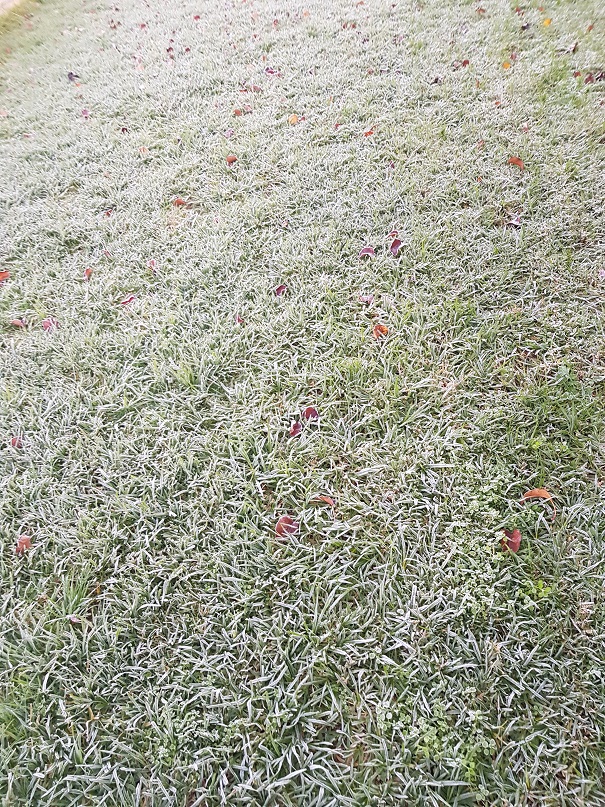
08 Jun Frost in your garden
Some tips and hints to better understanding frost and the affect it has on your garden.
Those of us who live in a cooler climate will know the feeling of dread when you hear that the forecast will be bringing freezing temperatures. I know waking up the morning of a frost there will be a few key spots in my garden that I will apprehensively check on first to see how the plants have survived. Frost is an element you will need to contend with on varying scales every winter. The best way to ensure your garden survives the frost is to make sure you are selecting plants that are frost hardy and be aware of which sections of your garden will be more frosty and therefore require some additional attention. Also read my other article on the blog about ways of protecting your plants.
Why does frost affect your plants?
When overnight temperatures drop below freezing the water found in plant cells will freeze. This will cause damage to all the cell walls within the plant. Then as the sun comes out the plant starts to defrost at a rapid rate and this then kills the leaves and or the stems of the plant. Those plants that get the first of the morning sun seem to suffer the most as they defrost quicker than say the plants which are shaded from the morning sun. Get to know which plants face towards the morning sun – they will be the ones on the eastern side of your garden.
Plants most susceptible
Newly planted plants will not have totally acclimatized to your garden yet so they may be burnt by frost the first year they are planted out.
If there is new growth on these plants these young softer leaves can be more susceptible to frost burn than others. Also plants that have large soft leaves such as Canna Lilies will be more likely to be damaged from frost. Plants that have been grown in hot houses or green houses should not be planted out in gardens during winter. Ideally you should select plants that are suitable to your area and ones that have been grown as locally to your area as possible so that they will be hardened off to some frost.
Some plants will tolerate more frost than others.
The foliage colour of a plant can increase the hardiness of plants to frost. A darker leaf such as purple or bronze coloured foliage can retain more heat and therefore will be more tolerant to the frost. Also plants which have downy or furry leaves can retain more moisture which again off sets the affects of frost. This extra coverage can almost insulate the plants from the colder temperatures. Using plants that are suitable for your conditions is the easiest way to guarantee their survival
Be aware of the microclimates within your garden
Every garden will be different, your neighbour’s garden may not get any frost whereas you do get frost. The key factors for this is the topography of the land and the amount of tree or shrub coverage you have throughout the garden. You will also find that even within the one garden space, some areas will suffer more than others.
Learning about your garden’s microclimate is very important so you can get to know where some plants will work better than others. For example if you have a flat open garden area then the cool air will hit the ground level evenly and at the same temperature.
You would expect the amount of frost damage would be the same across the total area. If you have pockets of your garden which sit at lower levels than other sections then the cool air will hit the lower points and settle there. These lower locations will be more prone to frost. I know here at the garden at the Berkshires we can have a very heavy frost on the flats where even the water in the troughs have become frozen solid but up on the hill where the garden is there is no frost on any of the plants or in the ponds.
That is a difference of about 50 metres with a height difference of about 40 metres. It is quite an interesting detail to understand and very important when it comes to growing plants. You can also help reduce the affects of frost in the lower areas by planting out shrubs or trees that will increase the foliage coverage in the area and give more frost protection to the smaller plants.
Another factor that will affect the microclimate in your garden is any structures in the garden such as retaining walls, fences or even the wall of your house. They will during the daytime hours absorb some heat from the sunshine so they can create little frost free havens.



